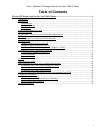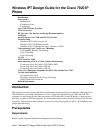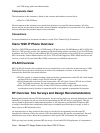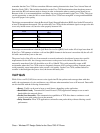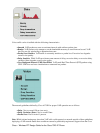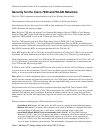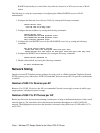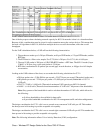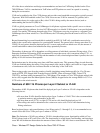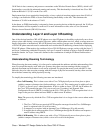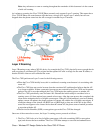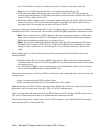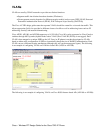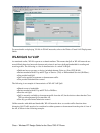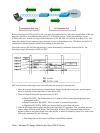
Voice traffic can be classified with the following characteristics:
Smooth VoIP packets are sent at consistent intervals with uniform packet sizes.•
Benign VoIP packets only attempt to use the bandwidth necessary to send from end to end. VoIP
does not use any windowing to determine data rates.
•
Packet Loss Sensitive VoIP traffic is extremely sensitive to packet loss. Excessive loss degrades
overall voice quality.
•
Delay Sensitive While VoIP can tolerate some amount of delay, excessive delay or excessive delay
variation (jitter) degrade overall voice quality.
•
User Datagram Protocol (UDP) Best Effort VoIP sends Real Time Protocol (RTP) packets using
UDP. UDP does not have a mechanism to retransmit lost packets.
•
The network guidelines defined by Cisco AVVID for proper VoIP operation are as follows:
Delay Not to exceed 150 ms (one way).•
Delay Variation (Jitter) Not to exceed 30ms.•
Packet Loss Not to exceed 1 percent.•
Note: While isolated testing may show that VoIP calls could operate in a network outside of these guidelines,
deploying a VoIP network under those conditions cannot be predictably engineered. Support from the Cisco
Cisco − Wireless IPT Design Guide for the Cisco 7920 IP Phone



